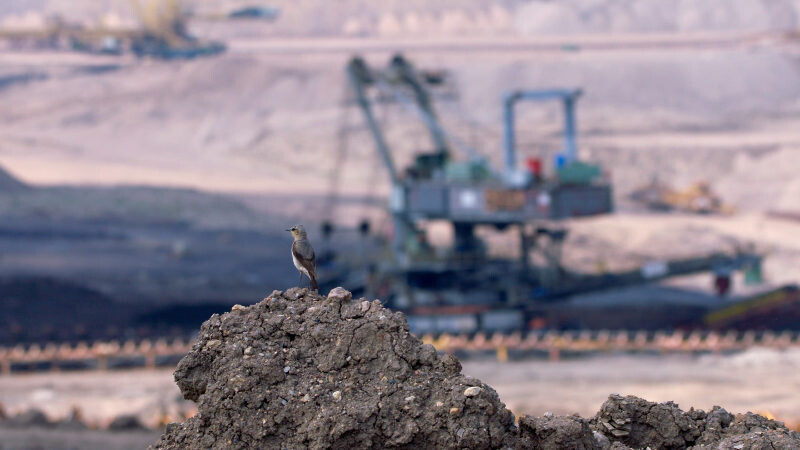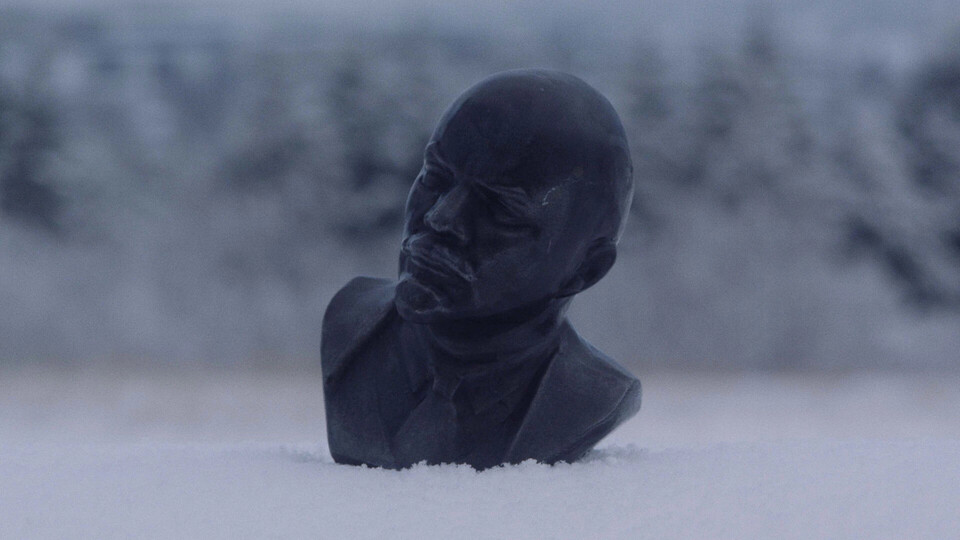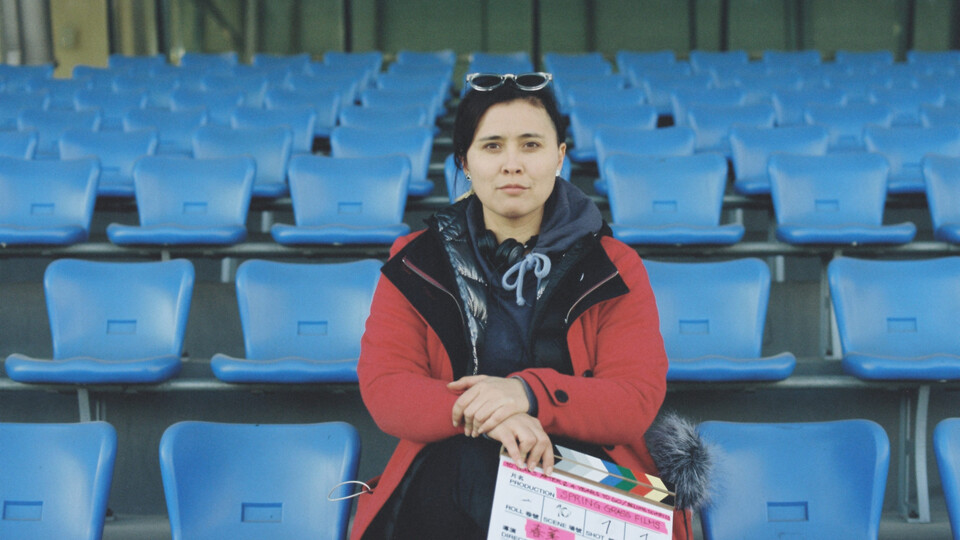Hot Stuff
“As far as Czech wildlife is concerned, all foreigners are instantly able to grasp the issue, but the situation is much more complex when human protagonists come into play,” said one TV producer during a discussion which also voiced comments by international reviewers on Marián Polák’s Planet Czechia that is scheduled to hit Czech cinemas in autumn. That was when I realised that it was the first time that I focused on something that appealed to a wider range of people. We find ourselves in a situation when we are even able to choose our partners. For a producer of mostly artistic cinematic pieces which hardly ever reach the cinema screen, this new film provides a new, exciting and, at the same time, controversial, experience.
Outside our borders, such films are called wildlife, or blue chip films (in their top quality), representing the most popular documentary genre. No cinematic scientific films are produced in our country or, we dare say, have not been produced till now – our film has a similar aim. However, Les Seasons released in Czech cinemas this spring, with a budget of 33 million dollars, easily managed to beat all blockbusters on the very first weekend. It is clear that such large-scale productions are impossible to compete with and, in fact, we do not intend to do the same.
Why? The French film is basically a fiction. It features trained animals, the forest is illuminated, the scenes follow the sequence of a fictitious story. When an animal reaches the den and grabs at the poor creature that is trying to escape, the camera switches to a counter-view from inside the den, in which we can literally see the dirt behind the animal’s claws in a big close-up. If a human appears on the screen – we see an actor dressed in a costume of an ancient hunter – after all we are watching a long and dramatic story. Most of wildlife films even have a ban on human protagonists. But we are interested in nature inhabited by people. We are shooting real wildlife animals in their natural habitat. Most of all, I am interested in how fast and efficiently some species adapted in areas only recently dominated by humans – mines and quarries, landfills or even in cities. Is this enough to attract viewers who have already seen a lynx’s claw from five centimetres?
Thanks to a lucky coincidence, enlightened environmentalists, the so-called Norwegian Grants and our traditional partners – The State Cinematography Fund and Czech Television – we put together a budget that no other crew has ever been provided for a similar project in our country. We have 200 shooting days, state-of-the-art technology and the most skilled crew: Czech cinematographer who has collaborated on renowned Austrian blue chip films Jiří Petr, specialist in bird’s eye views Antonín Nevrlý and Filip Brázdil or the best Czech underwater cameraman, Hugo Habrman.
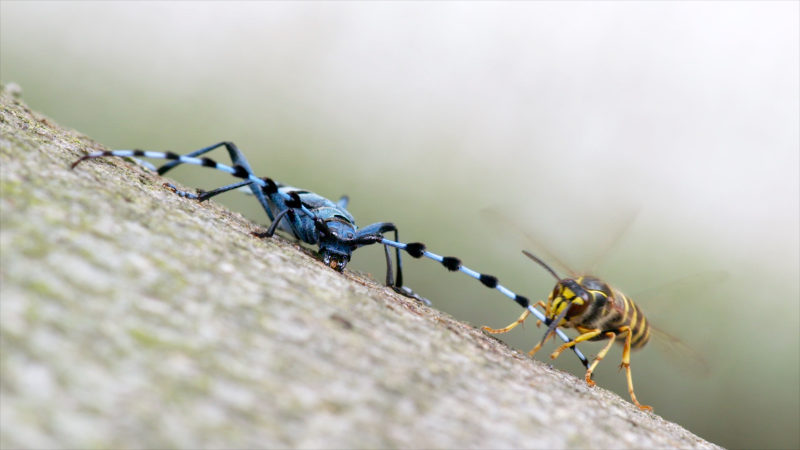 |
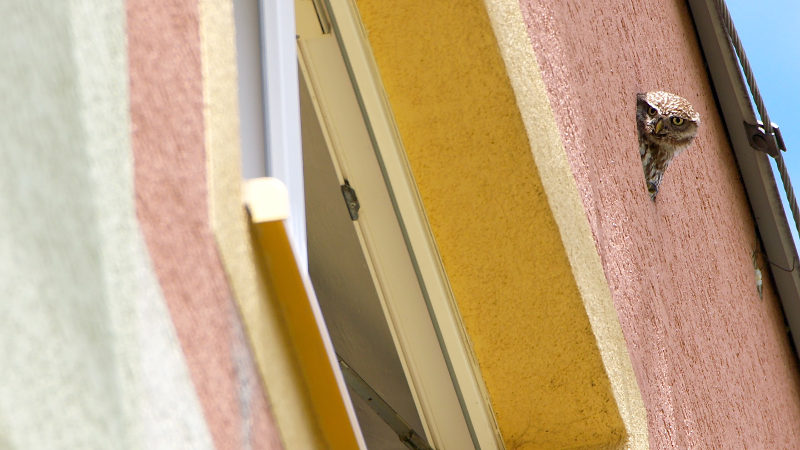 |
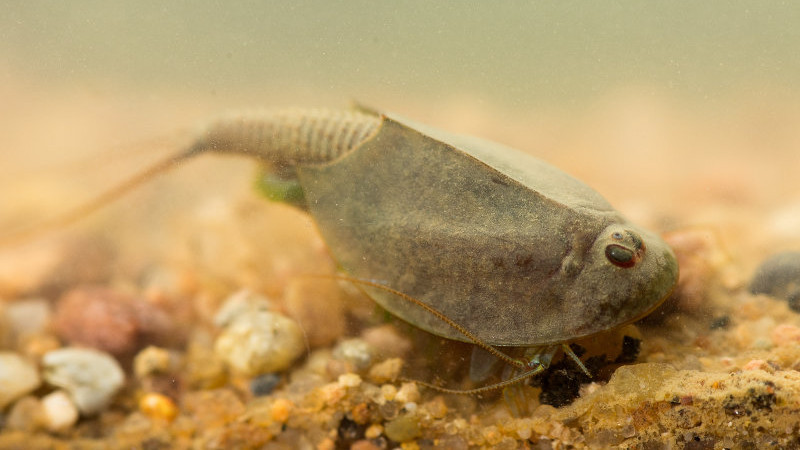 |
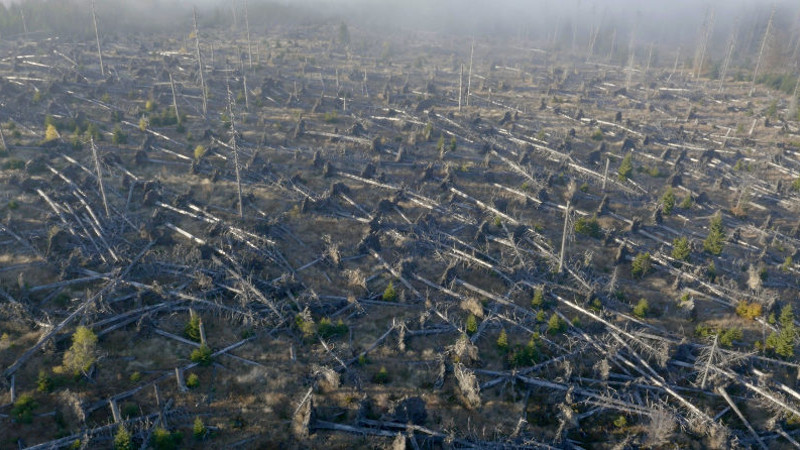 |
Our crew is capable of capturing a pygmy owl during hunting and a common crane in mating but our aim was to capture much more. My favourite heroes include swallows that learned how to open a photocell controlled doors of the Suchdol nad Odrou train station. Or the rare species of crested lark, a significant share of whose population choses shopping mall carparks for their habitation. Who would expect such areas to be the abode of rare and strictly protected species?
These are examples of some of the situations that we are now trying to put together to create a story which could perhaps start as follows:
Director (voiceover):
I travelled the whole world with my camera trying to capture all sorts of exotic animals. But it was thanks to this project that I eventually realised that what is happening behind the fence of my own garden is even more unusual than that...
This is the message that I want to get across to the audience. But will they appreciate the search for such “pearls” hidden in landfills, suburbs, peripheries and remote dry spruce groves in the Šumava mountains? Why not rather stick to the genre-specific clichés, meet their expectations? After all, even our scenes of the “genuine” Czech wildlife reveal surprising coincidences and facts...
One seasoned film producer advised us during a pitching session: “Don’t mention the word essay, or at least when speaking with people from TV.” Essay is not sexy enough. And so we are making a movie with the ambition to use genre-specific methods and to defy genre boundaries. We believe that this is the only way of producing a relevant movie... But we rather keep it to ourselves when speaking to potential foreign business representatives and Czech distributors. What we tell them is that we are making a family film about nature. I myself am very curious about how this slight schizophrenia will end up. So far, we have produced a teaser, and the final version for release by the end of the year.
Facebook: www.facebook.com/PlanetaCesko

